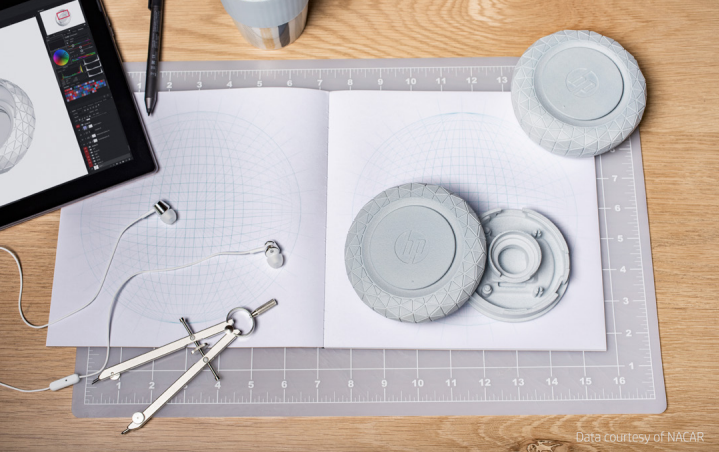Rapid Prototyping
In the mad rush to get a new product to market, every hour counts, and as time passes, competition waxes while customers wane.
In recent years, technological advances have dramatically accelerated the traditional product manufacturing lifecycle. Innovations in advanced analytics, artificial intelligence, and digitization are enabling companies to get new products to market faster than ever before.
To keep up with increasing speed to market and shorter product lifecycles, many companies are turning to 3D printing to stay ahead of the competition. While 3D printing has long been used as a prototyping tool, new advancements have helped increase the speed, helped improved the mechanical properties, and helped lower the cost of the technology. Specifically, with the introduction of HP Jet Fusion 3D Printing, companies are reaping the benefits of rapid prototyping and easier transitions to full production. Ultimately, with HP Multi Jet Fusion technology, customers are embracing a technology that enables them to move at the speed of their ideas.
Accelerating design & iteration
Innovation requires iteration: Designers can cycle through dozens of ideas before deciding on a final design, making iterations time consuming and expensive.
Thankfully, with HP Multi Jet Fusion technology, designers have the freedom to produce multiple prototypes in the same time it takes to produce a single part. This can accelerate prototype testing and, in turn, accelerate the final product design. Compared with other 3D printing technologies that print parts point by point instead of layer by layer, the HP Jet Fusion 580/380 Color and 540/340 3D Printers can print parts in a fraction of the time. These parts can then be used to make on-the-spot design decisions.
“Reduced time to print, design freedom and better part quality have all enhanced our design process,” says Andy Boyes, Program Manager of SIGMADESIGN. “The ability to manufacture strong nylon parts quickly has improved our design abilities. We have made many components with HP MJF technology; in the process we have saved thousands of dollars when compared to traditional manufacturing methods. Design constraints are lifted when you are printing parts using the HP MJF technology.”
Stay tuned for part 2 of this article where we will discuss the value of functional prototypes.








Leave A Comment